George Floyd was anonymous during his lifetime but after his murder, he became a symbol of protest that changed the face of American politics. The dust has now settled on his case, the verdicts are in and the facts are clear, so here’s exactly what happened to him.
Floyd’s life
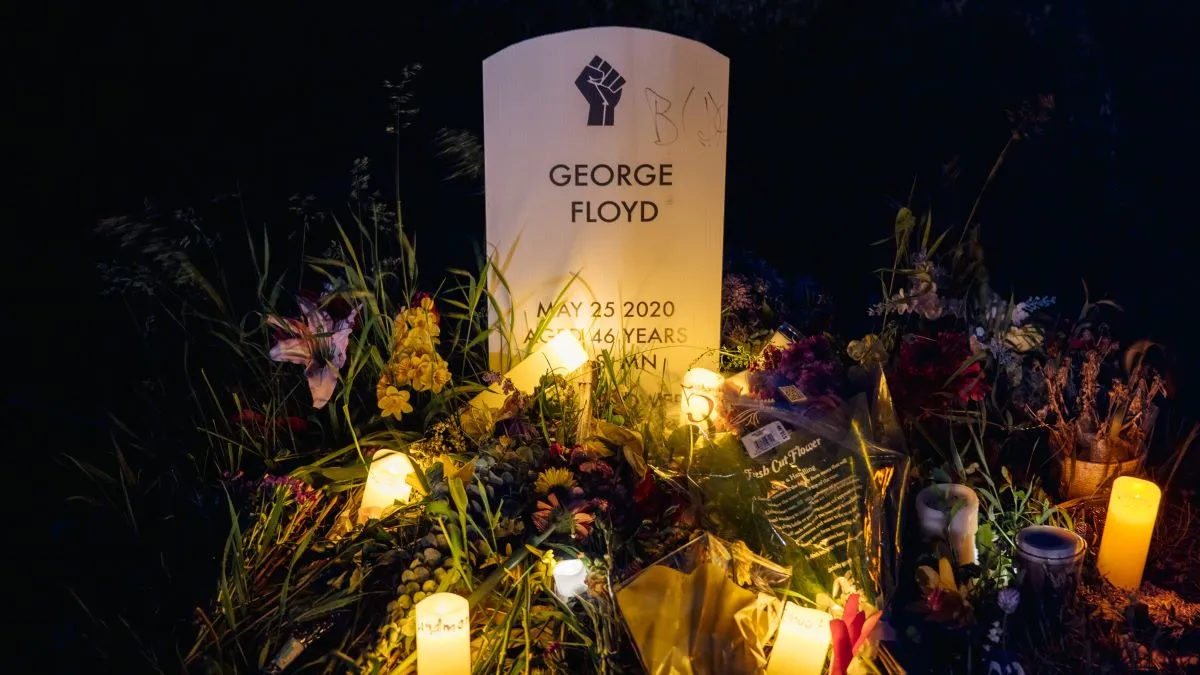
Floyd was born on Oct. 14 1973 in Fayetteville, North Carolina. He was the first of his four siblings to attend college, eventually playing basketball for Texas A&M University-Kingsville. After college he lived in Houston, where he briefly performed as a rapper under the name Big Floyd while working as an automotive customizer.
In the late 90s and early 2000s Floyd was convicted of various offenses and served time in jail, eventually being paroled in Jan. 2013. After his release he turned to religion, joining the Resurrection Houston ministry in which he mentored young men, worked in drug rehabilitation, helped find people jobs, and campaigned to reduce violence.
In 2014 he moved to Minneapolis, where he worked at a homeless shelter and continued assisting vulnerable young men to ensure they didn’t end up behind bars. Over this period he also worked as a security guard, delivery driver, and nightclub bouncer.
Floyd’s murder
On May 25, 2020 a Cup Foods employee called the police after they suspected Floyd had used a counterfeit $20 bill. The cops arrived as Floyd was in a car with two other passengers, pulling him from the car and handcuffing him.
While face down in the street police officer Derek Chauvin pressed his knee onto Floyd’s neck for 9 minutes and 29 seconds. Two further officers held him down and a fourth attempted to prevent onlookers from intervening or seeing what was occurring. Throughout the incident Floyd repeatedly pleaded with cops, gasping that he was unable to breathe. Emergency medical technicians arrived to treat him, but Chauvin didn’t remove his neck from Floyd’s neck.
Floyd died at the scene, with his autopsy citing asphyxia due to neck and back compression. There were no underlying medical conditions that contributed to his death.
Amidst widespread horror at the police’s actions, Chauvin was fired and charged with murder. He was convicted on all charges on April 20, 2021 and at a sentencing hearing it was noted that he’d acted with “particular cruelty”. Chauvin was sentenced to 22 1/2 years in prison for the murder.
His legacy
17-year-old Darnella Frazier recorded the entire murder and her video rapidly spread around the world. This unambiguous police brutality was impossible to ignore and mass protests spread, fuelled by simmering anger over excessive use of force by cops. The first protests were in Minneapolis but rapidly spread not just across the United States, but all around the world.
Estimates are that in the U.S. alone somewhere between 15 and 26 million people joined them, making them the largest protests in U.S. History. Though the vast majority of these were peaceful some spilled over into violence when police attacked protestors (and press covering the protests). In response, multiple cities declared curfews and the National Guard was activated.
Protesters demanded the prosecution of all four officers involved in Floyd’s death as well as new laws to control police racism, misconduct, and brutality and vastly improve their accountability to modern citizens.
The four cops were indeed prosecuted, receiving convictions for manslaughter for between 2 1/2 and 4 3/4 years. Reform of the police has been less successful, though chokehold and neck restraints have been banned or restricted by 17 state legislatures as a direct response to Floyd’s murder.
The Department of Justice also conducted a review of the Minneapolis Police Department, concluding that they had a dangerous track record of using excessive force, that they actively discriminate against Black and Native American People, that they discriminate against people with mental health disabilities, and that they routinely violate the civil rights of peaceful protestors. These conclusions were, as Attorney General Merrick Garland concluded: “the patterns and practices we observed made what happened to George Floyd possible.”
Sadly but perhaps predictably not much has changed when it comes to police violence and widespread institutional racism cannot be wiped out overnight, even if politicians did care enough to enact sweeping police reform (FYI, they don’t). George Floyd won’t be the last person to be murdered by the cops, but at least this tragedy has raised awareness about the brutality that comes with the badge.

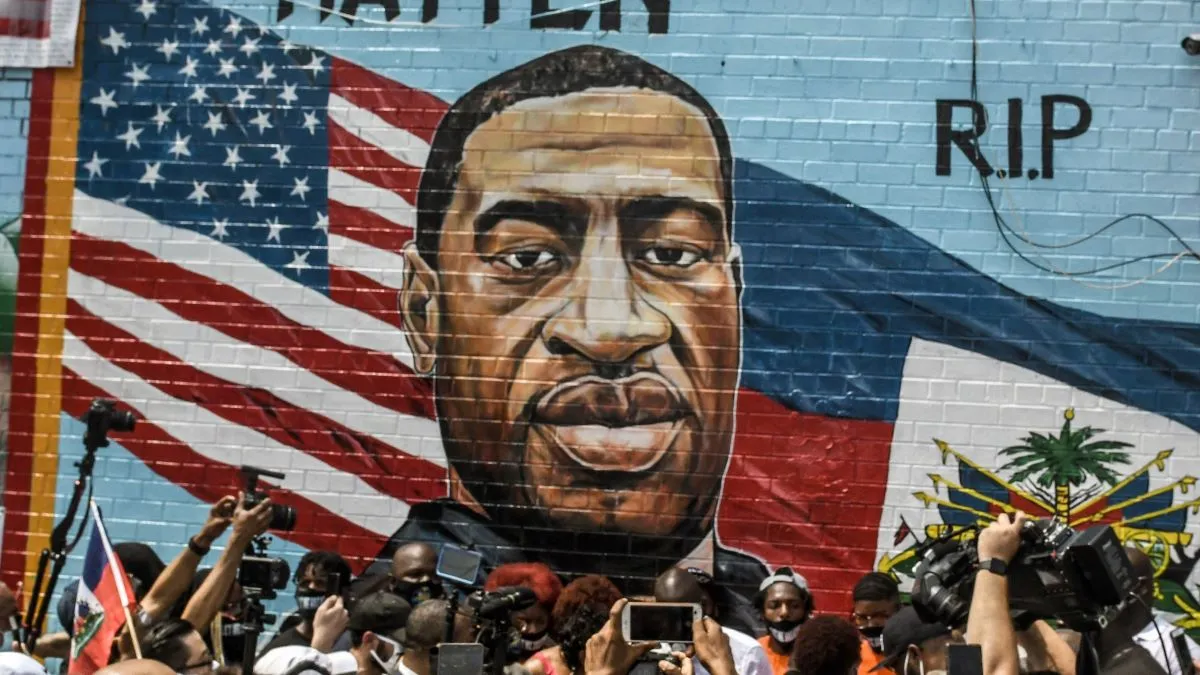
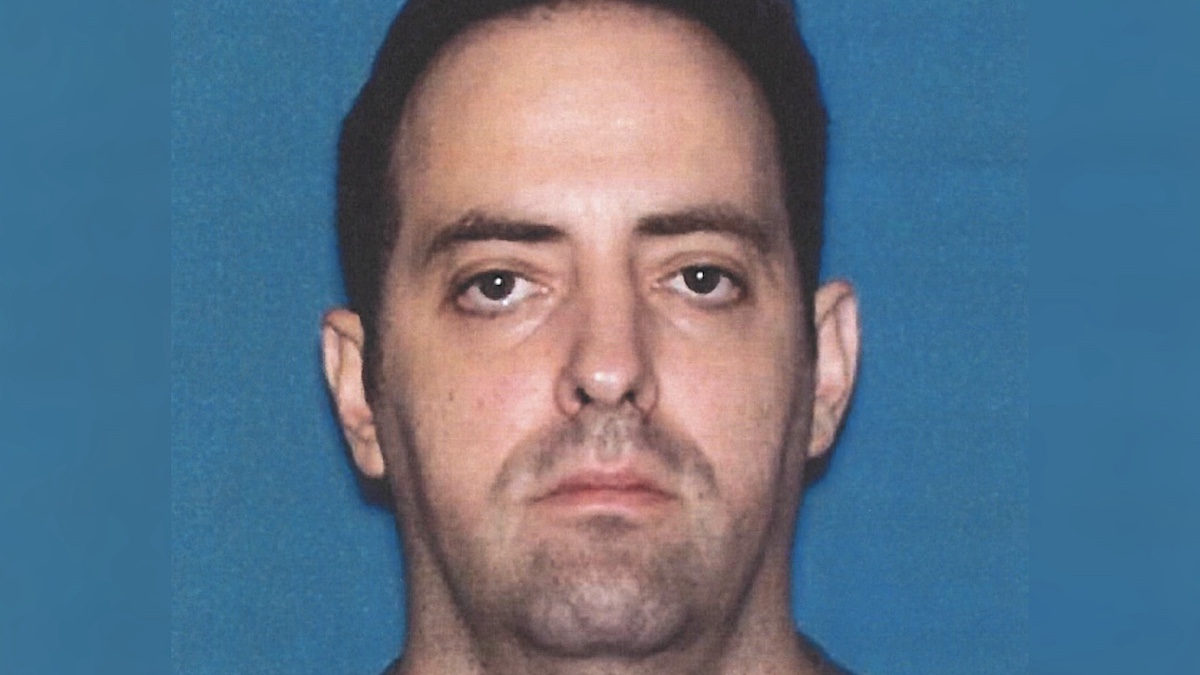
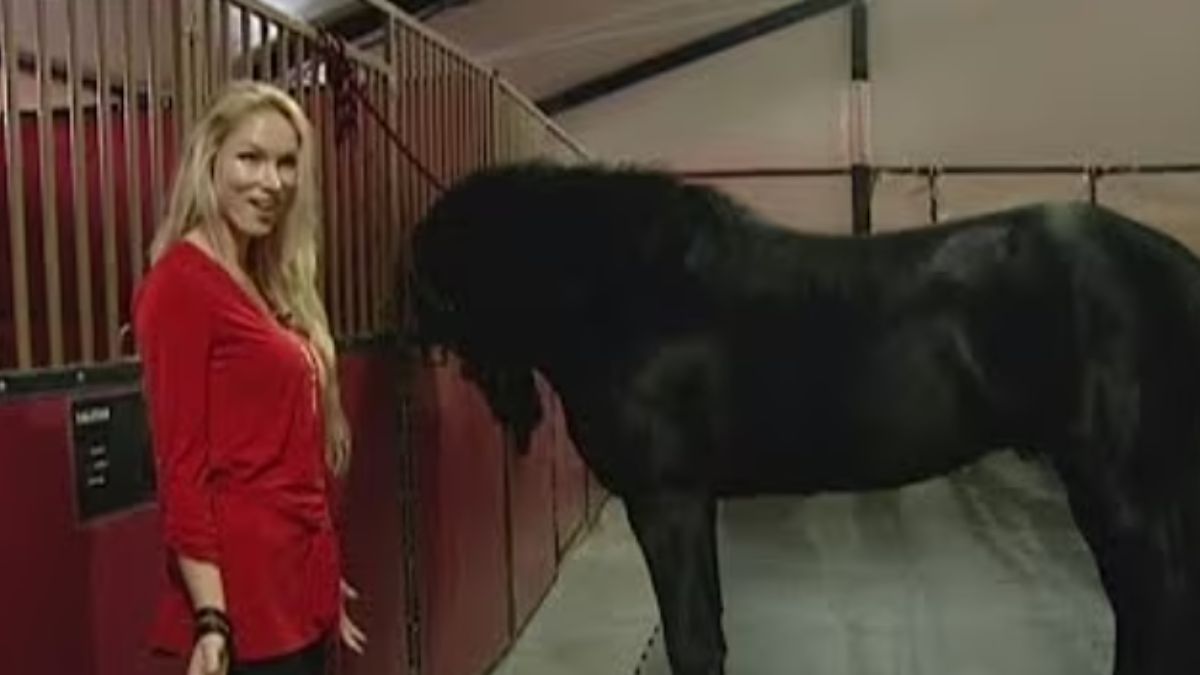
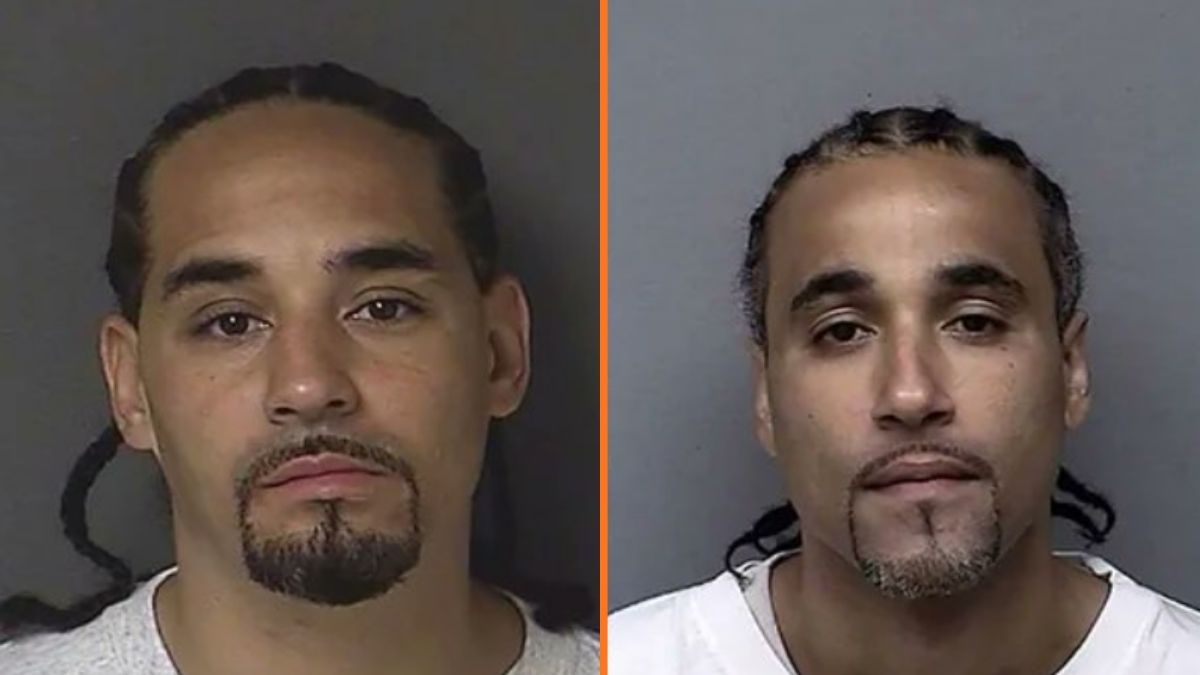
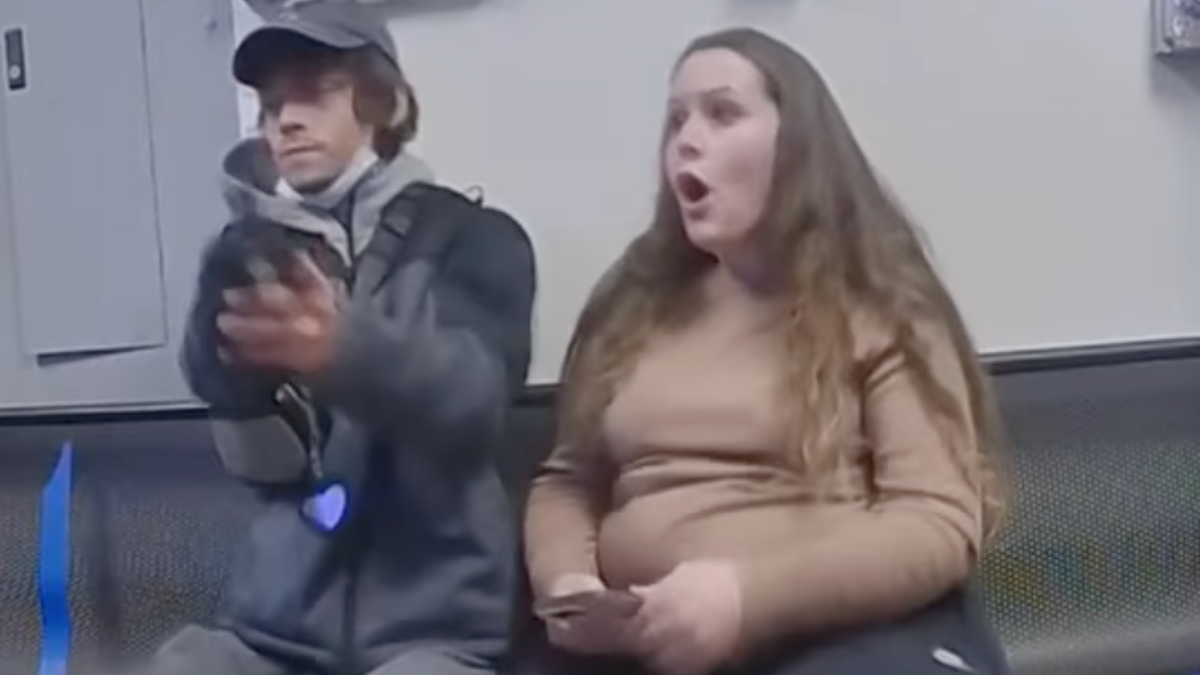
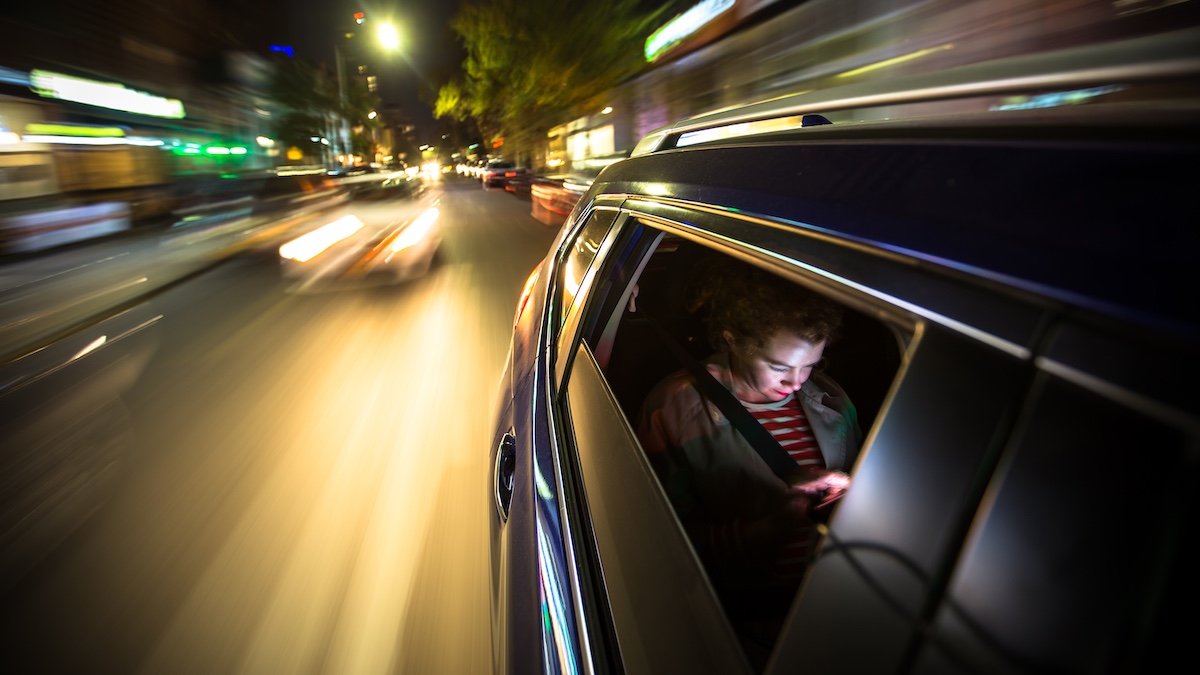
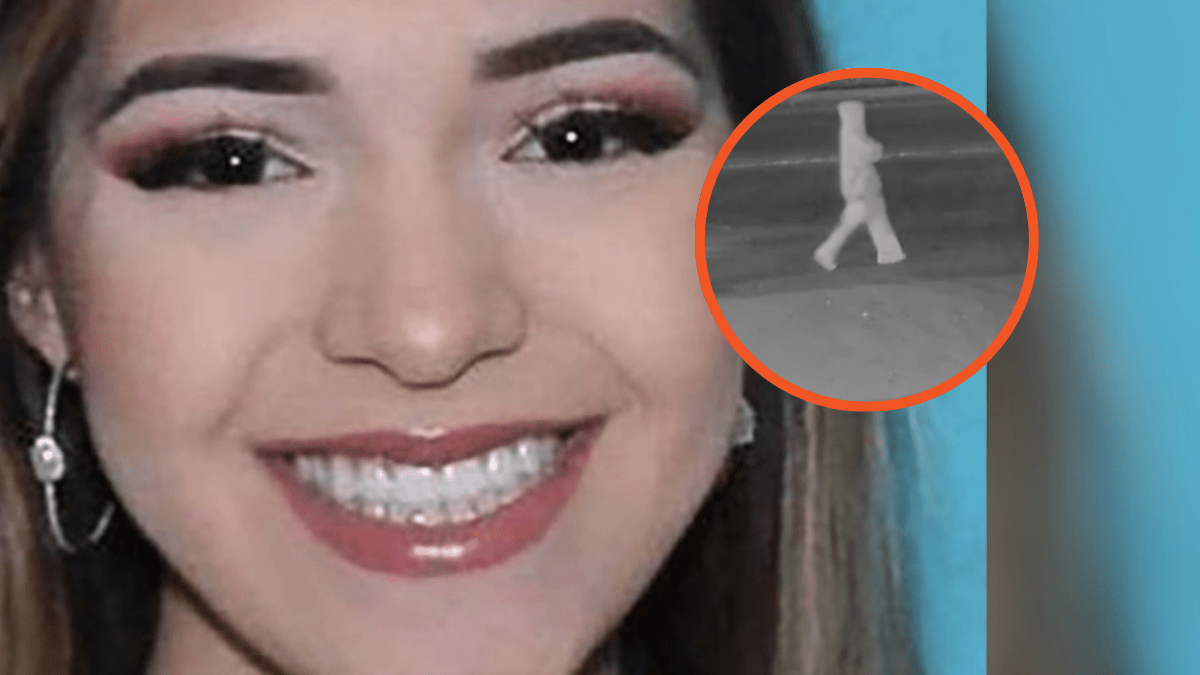
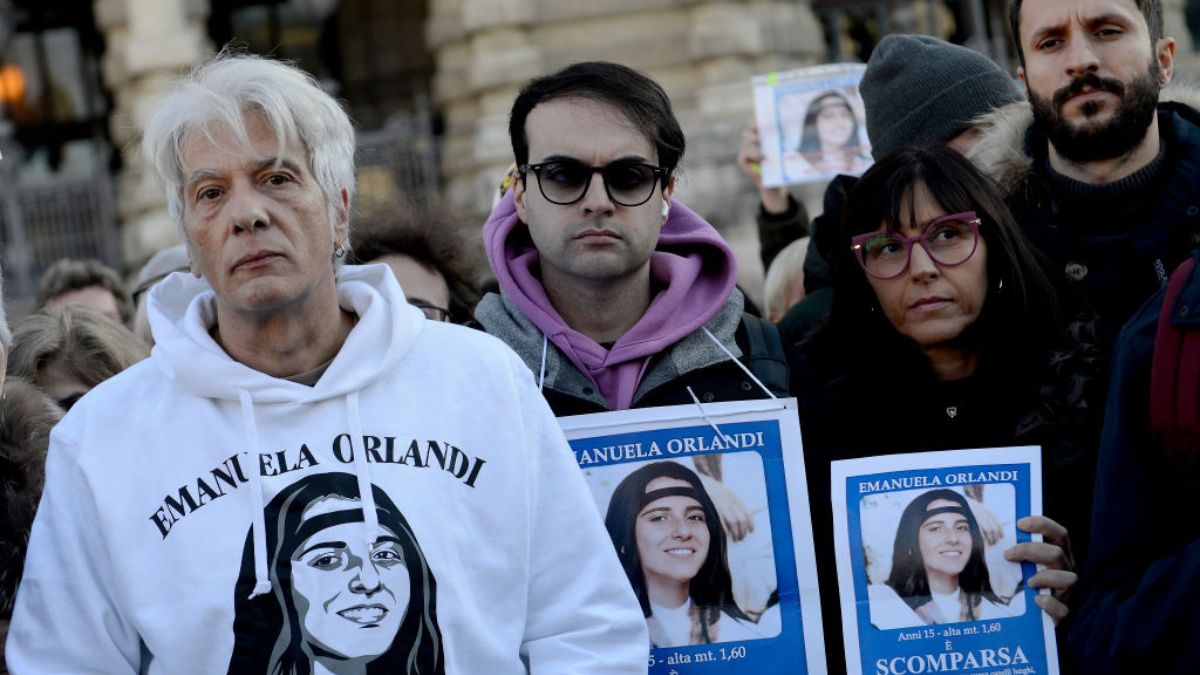
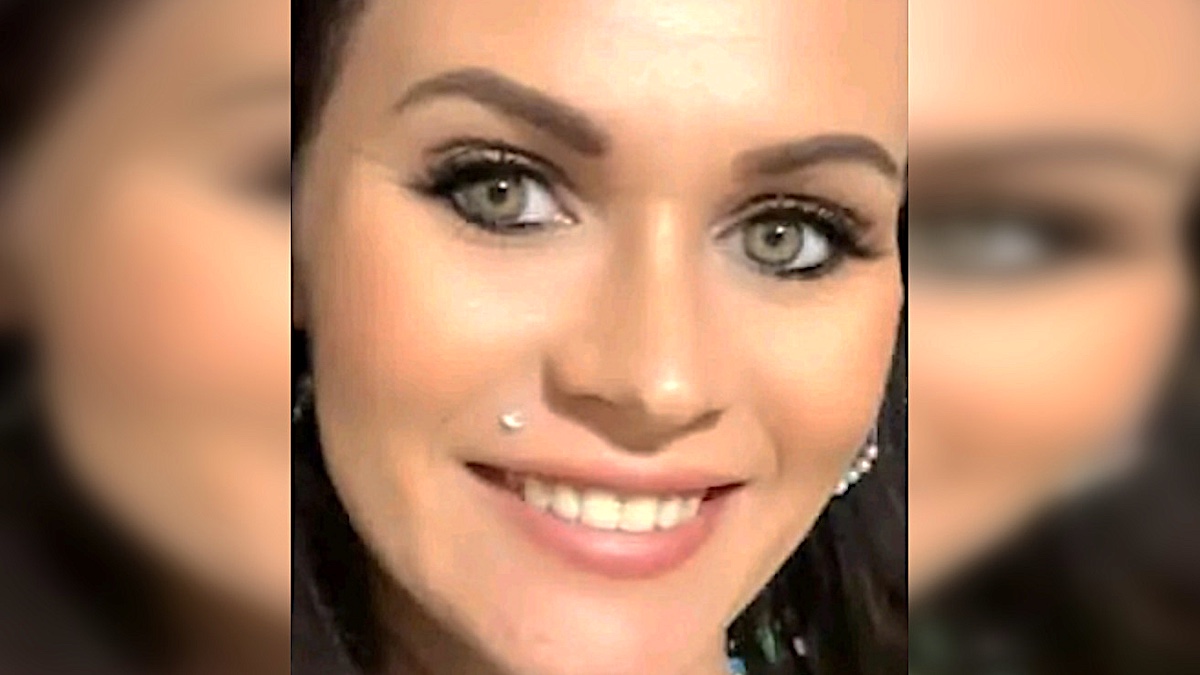

Published: May 9, 2024 06:50 am